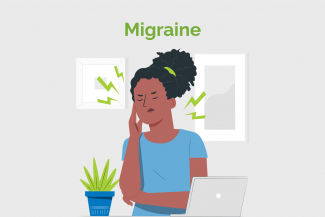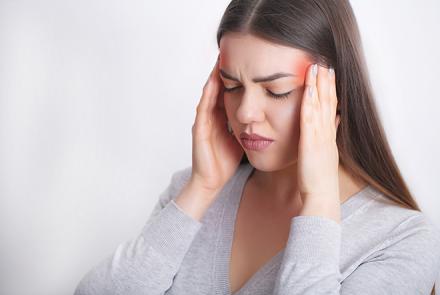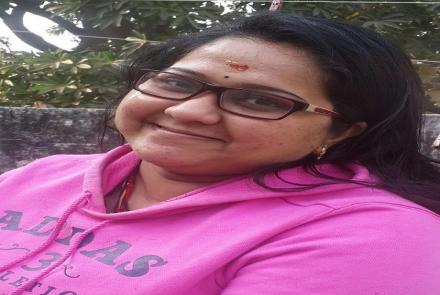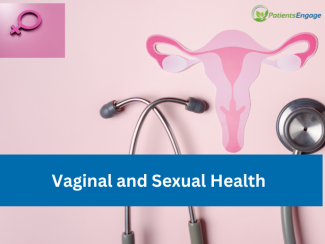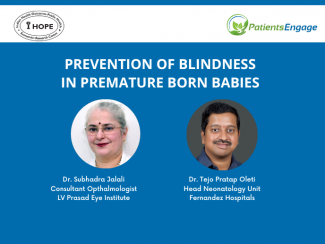
There are various types of migraine as mentioned below:
Migraine without aura – the most common type of migraine with a pulsating headache on one side of the head.
Migraine with aura – headache affected by flashing or wavy lights. Older people are more prone to it. An aura can manifest as visual disturbances like flashes of light or blind spots or other symptoms such as difficulty in speaking and tingling on face or arm or leg.
Chronic migraine – occurs 15 days per month over three months or more. Stress, illness, or hormonal changes can trigger it.
Abdominal migraine – Commonly seen in children with abdominal pain, vomiting and nausea.
Silent migraine - silent migraine may appear without common migraine symptoms. Older people are more affected by visual interpretation.
Migraine with brainstem aura - slurred speech, vertigo, unsteadiness, and numbness are experienced. It is often confused with stroke.
Hemiplegic migraine – Weakness on one side of the body with speech slurring. People with family history of this are more prone to get it.
Retinal migraine – It causes flashes of light and temporary blindness in one eye.
Status migrainous – This type of migraine can last up to 72 hours and can disrupt the daily activities of an individual.
Menstrual migraine – It is associated with estrogen hormone fluctuation in the body. These can occur during menstruation or during the rest of the cycle.
Ophthalmologic migraine – It is a rare painful ophthalmologic neuropathy. A person will suddenly not be able to move their eyes from side to side during a migraine attack.
Medication-induced migraine – Adults are mostly affected by this kind of migraine. It can be triggered by some medications such as opioids or non-opioid analgesics.
Vestibular migraine – It affects the vestibular system and can cause vertigo. Individuals can experience balance loss, nausea, motion sensitivity, and tinnitus.
Cyclic vomiting syndrome – Cyclic vomiting syndrome can cause sudden nausea and vomiting. Children are more affected than adults. It is sometimes diagnosed as abdominal migraine.
Complications of migraine include:
Status migrainosus - headaches occur for a period of 15 or more days per month for 3 or more months
Persistent aura without infarction - aura for duration of more than 1 hour and less than 1 week with absence of cerebral infarction. Infarction means obstruction of blood supply, hence, blood supply is not obstructed in this type of migraine. Migrainous infarction - infarction detected in imaging and neurological deficit lasts for more than 1 month. This is also called migraine-induced stroke and is common in young women with a history of migraine with aura. MRI/neuroimaging show abnormalities in relevant areas due to inadequate blood flow.

